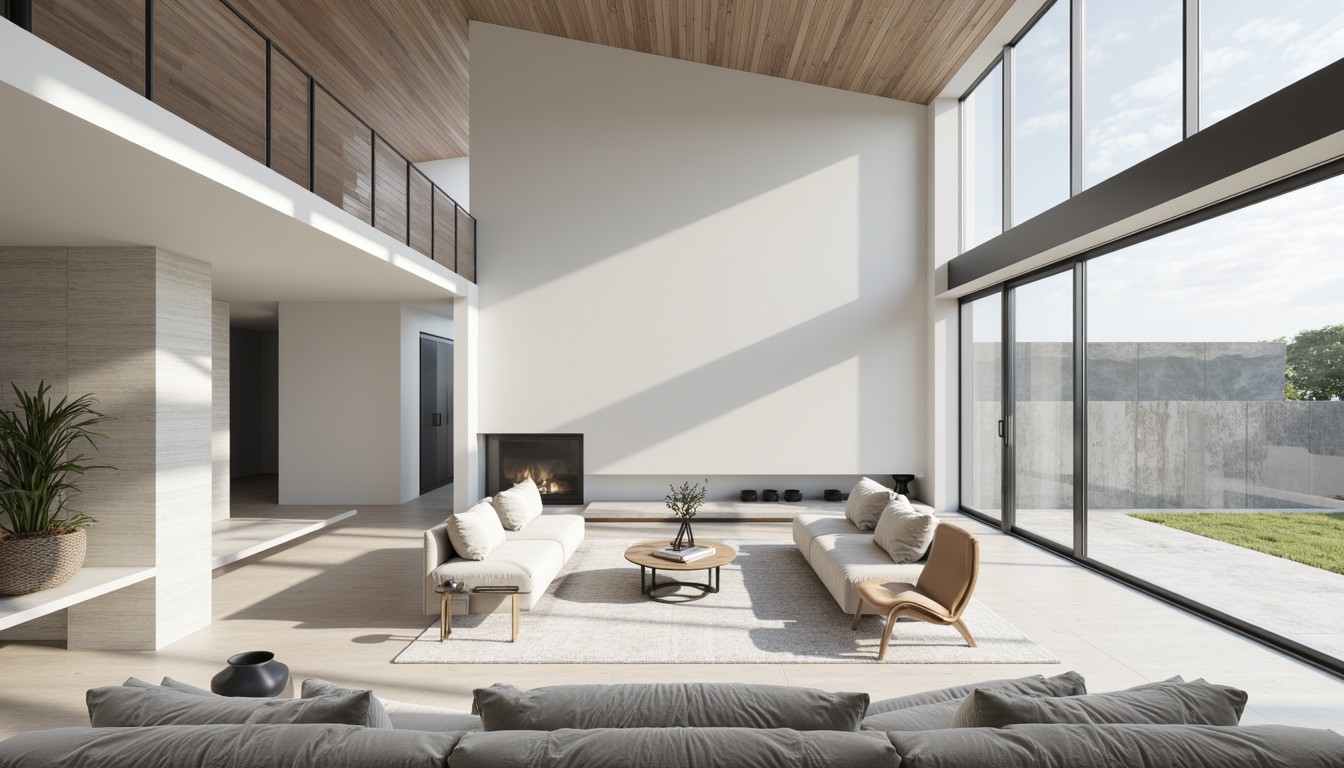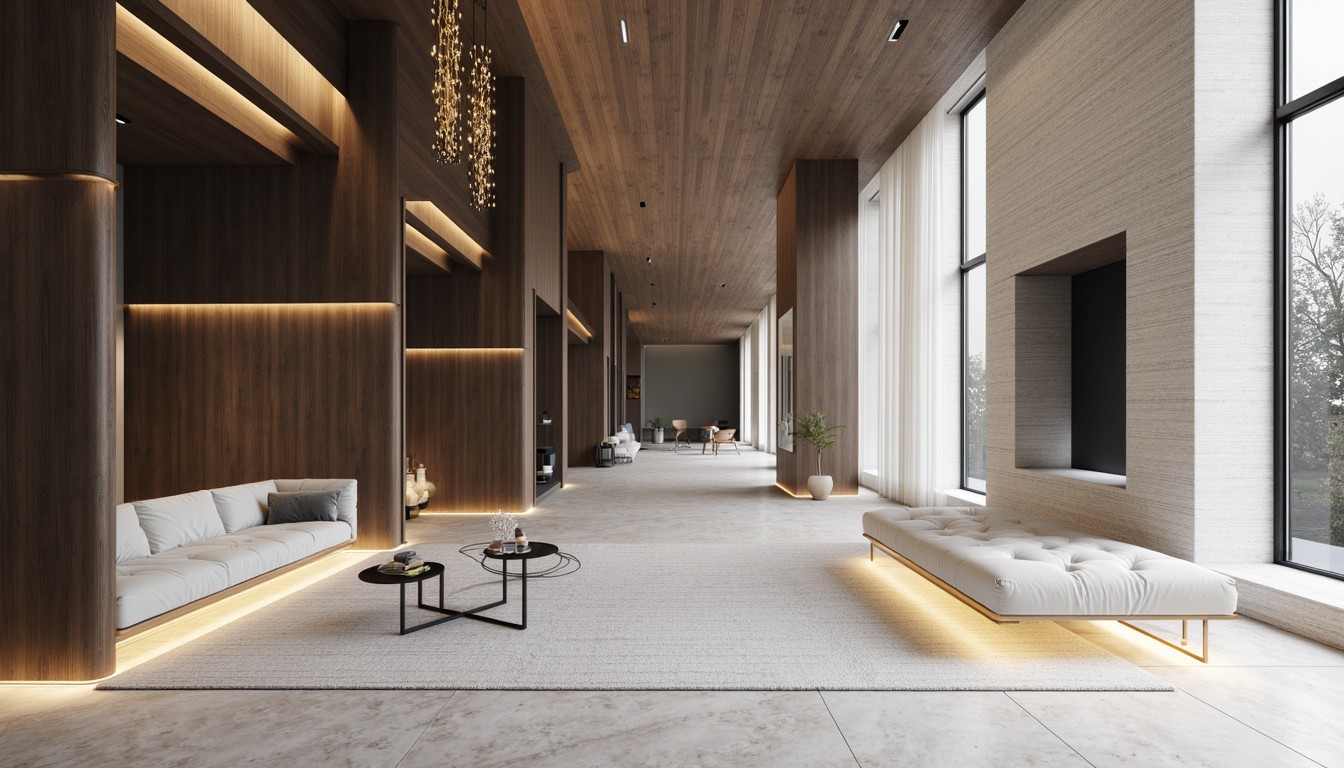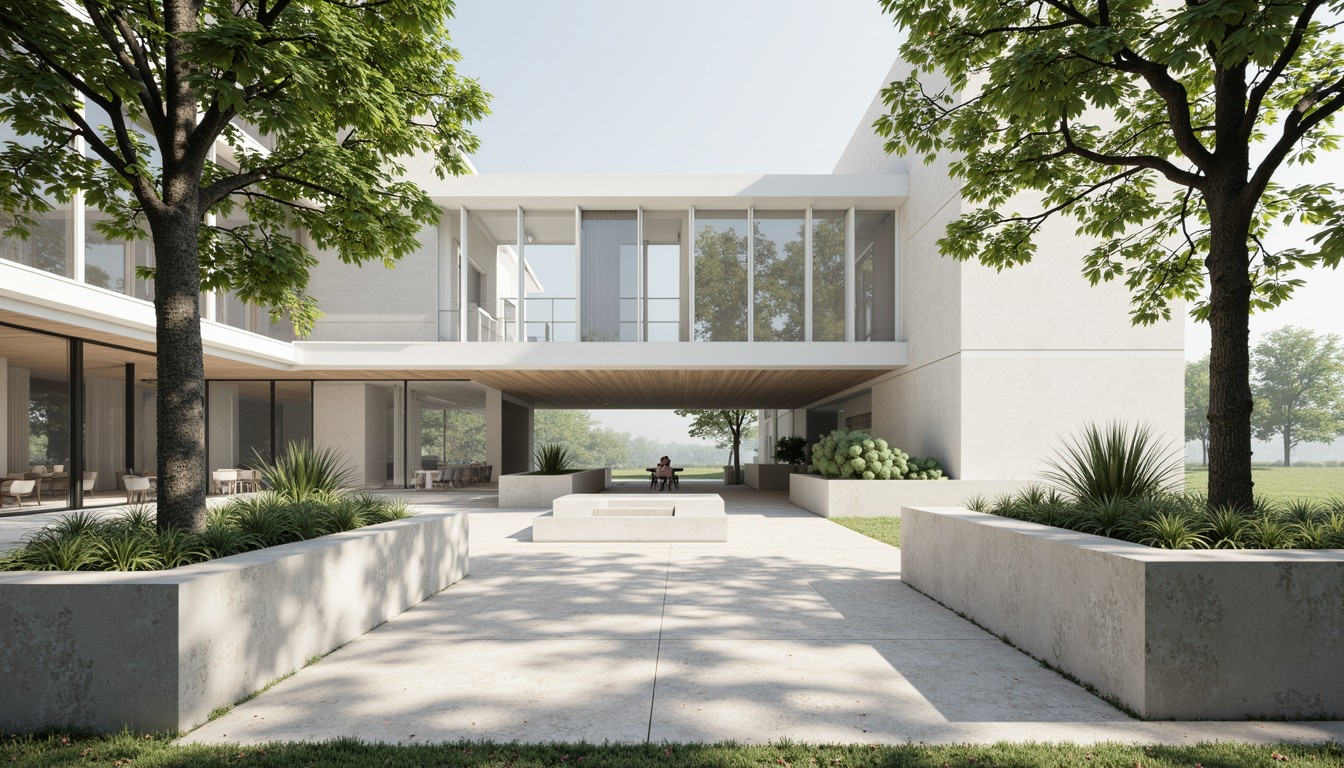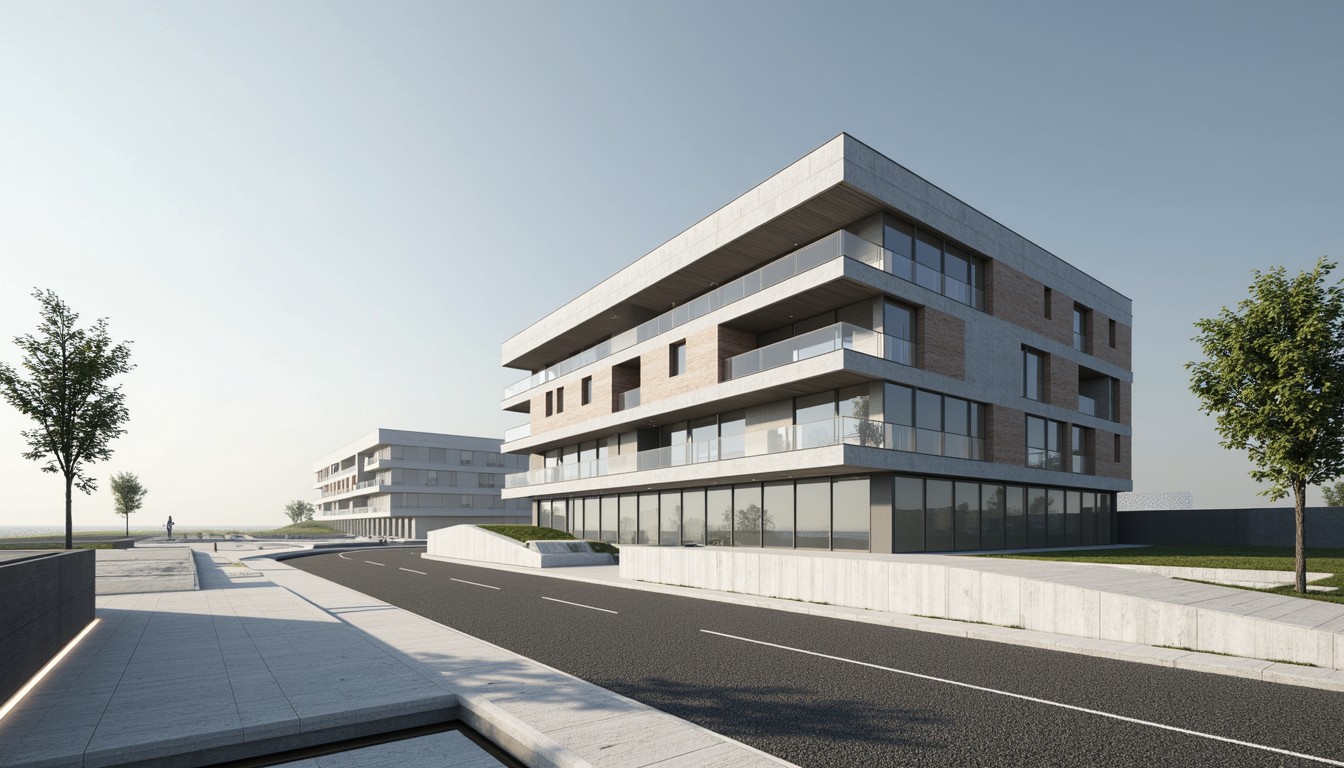Smart Building Technology: Revolutionizing Architecture
The architectural landscape is undergoing a dramatic transformation, driven by the rapid advancement of smart building technology. No longer are buildings simply static structures; they are becoming dynamic, responsive environments that prioritize efficiency, sustainability, and occupant well-being. This integration of technology is not just a trend; it's a fundamental shift in how we design, construct, and experience the built environment. ArchNav, a leader in architectural visualization, is at the forefront of showcasing these exciting changes.
Defining Smart Buildings: Beyond Automation

A smart building isn't just about automated lighting and temperature control. It's a holistic system that leverages interconnected devices, sensors, and data analytics to optimize performance across various aspects of the building's operation. This includes:
- Energy Management: Real-time monitoring and control of energy consumption, leading to significant reductions in operational costs and carbon footprint. Smart thermostats, lighting systems, and power management solutions are key components.
- Building Automation Systems (BAS): Centralized systems that integrate and control various building functions, including HVAC, lighting, security, and access control. This allows for efficient operation and proactive maintenance.
- Security & Access Control: Enhanced security measures using biometric authentication, video surveillance, and intrusion detection systems. Smart access control systems optimize building security while improving user experience.
- Internet of Things (IoT) Integration: Connecting various devices and systems within the building through a network, enabling data collection and analysis for improved performance and decision-making. This includes smart sensors for monitoring environmental conditions, occupancy levels, and equipment status.
- Data Analytics & Predictive Maintenance: Utilizing data from various sources to identify potential issues, optimize performance, and predict equipment failures. This proactive approach minimizes downtime and extends the lifespan of building systems.
Real-World Applications and Case Studies

The impact of smart building technology is already visible in numerous projects worldwide. Consider these examples:
- The Edge, Amsterdam: This innovative office building boasts a highly sophisticated smart building system that optimizes energy consumption, air quality, and occupant comfort. Its design prioritizes sustainability and leverages data analytics to enhance operational efficiency.
- The Bullitt Center, Seattle: A groundbreaking example of a net-zero energy building, the Bullitt Center utilizes a range of smart technologies to minimize its environmental impact. From rainwater harvesting to advanced HVAC systems, its design showcases the potential of sustainable smart building practices.
- Smart Hospitals: Smart technologies are revolutionizing healthcare facilities by improving patient care, streamlining operations, and enhancing safety. Real-time monitoring of patient vital signs, automated medication dispensing, and optimized energy management are key benefits.
Architectural Implications: Designing for the Future
The integration of smart building technology necessitates a shift in architectural design principles. Architects must consider the following:
- Sensor Integration: Designing buildings with strategically placed sensors to collect relevant data for optimal system performance.
- Data Infrastructure: Planning for robust network infrastructure to support the seamless communication between various devices and systems.
- Cybersecurity: Implementing robust security measures to protect sensitive data and prevent unauthorized access.
- User Experience: Designing intuitive interfaces and user-friendly systems that enhance occupant experience and engagement.
- Sustainability: Prioritizing energy efficiency, resource conservation, and environmental sustainability throughout the design process.
ArchNav's Role in Visualizing Smart Buildings

ArchNav plays a crucial role in bringing the vision of smart buildings to life. Our cutting-edge architectural visualization services allow architects and developers to:
- Showcase the functionality of smart building systems: We create realistic renderings and animations that demonstrate how smart technologies work in a building context.
- Communicate design concepts effectively: Our visualizations help clients understand the potential of smart building features and their impact on the overall design.
- Attract investors and stakeholders: High-quality visualizations can help secure funding and garner support for smart building projects.
- Enhance marketing and branding: ArchNav’s visualizations can showcase the innovative aspects of smart buildings, strengthening brand identity and promoting project success.
Conclusion
Smart building technology is not just a technological advancement; it's a fundamental shift in how we design and interact with the built environment. By embracing these innovations, we can create more sustainable, efficient, and occupant-centric spaces. ArchNav is committed to helping architects and developers realize the full potential of smart building technology through our state-of-the-art visualization services. Contact us today to learn how we can help you bring your vision of a smart building to life.
